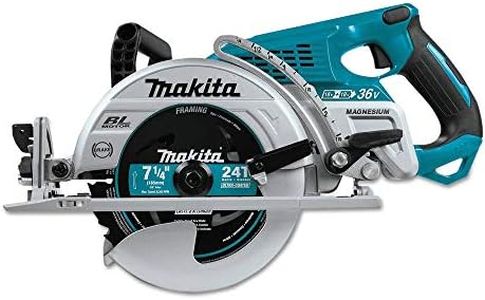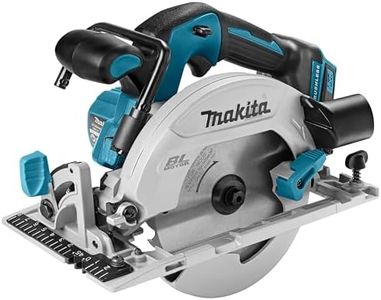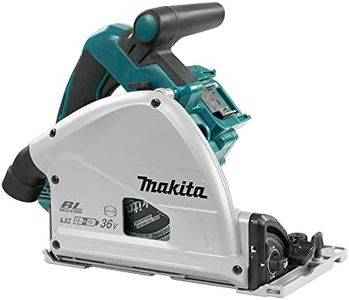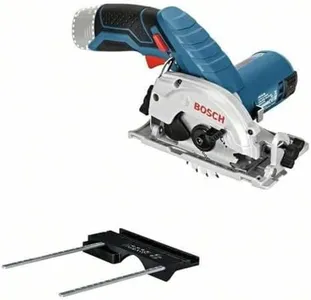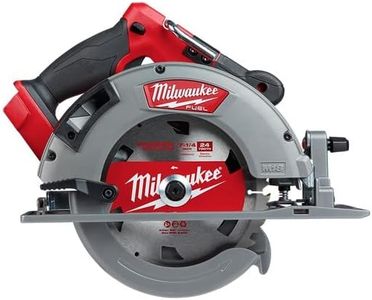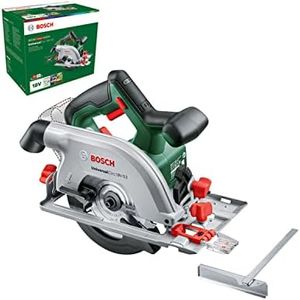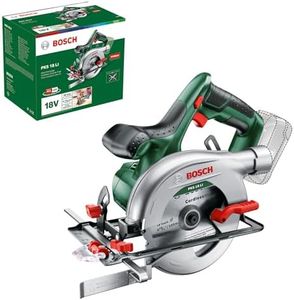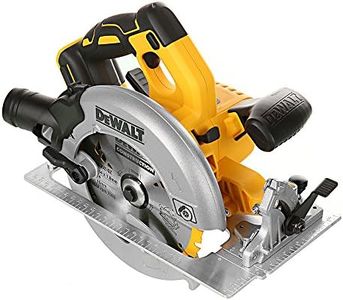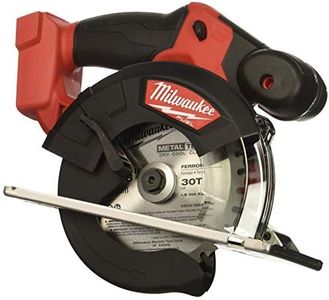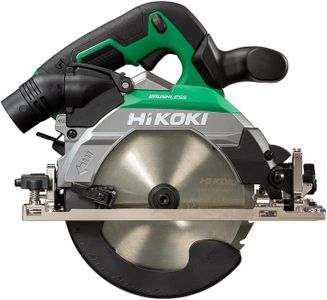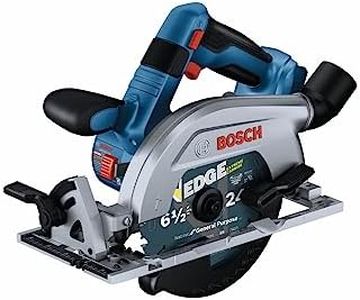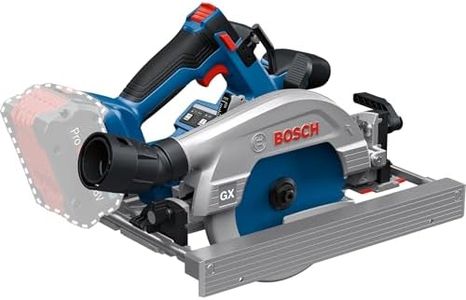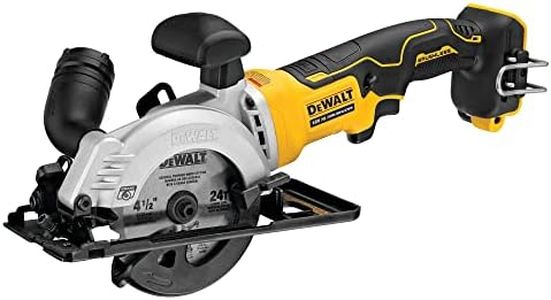We Use CookiesWe use cookies to enhance the security, performance,
functionality and for analytical and promotional activities. By continuing to browse this site you
are agreeing to our privacy policy
10 Best Cordless Circular Saw
From leading brands and best sellers available on the web.By clicking on a link to a third party's website, log data is shared with that third party.
Buying Guide for the Best Cordless Circular Saw
When choosing a cordless circular saw, it’s important to think about how and where you’ll be using it. Cordless models offer great convenience since you aren’t tied to a power outlet, making them excellent for outdoor or remote work sites. To choose the best fit for you, consider what kind of projects you typically tackle, how often you’ll use the saw, and what kind of materials you’ll need to cut. Knowing your own usage style will help you focus on the features that matter most and avoid being overwhelmed by options.Blade SizeThe blade size, measured in inches or millimeters, determines the maximum cutting depth of your saw. Common sizes are 6-1/2 inches and 7-1/4 inches. Smaller blades are lighter, easier to control, and good for light-duty tasks or tighter spaces. Larger blades can handle deeper cuts and are better for heavy-duty projects or cutting through thicker materials. Pick a blade size based on the thickness of the materials you expect to cut most often. For general home use, a medium size offers good versatility.
Battery VoltageBattery voltage (such as 18V, 20V, or 40V) tells you how much power the saw can deliver. Higher voltage usually means more power and longer run time, which is useful for cutting tougher materials or working for longer periods. Lighter, lower-voltage models are easier to maneuver and may be enough for basic DIY or craft projects. Choose a higher voltage if you need more strength and plan on tougher or more demanding jobs.
Cutting Capacity and Depth AdjustmentThis spec refers to how thick of a material you can cut in a single pass, and how easily you can adjust the saw to make shallower or deeper cuts. Good adjustability lets you work with different materials more efficiently. If you’ll be switching between types of projects or need to make a variety of cuts (like bevels or angled cuts), look for a saw with straightforward, easy-to-use depth and angle adjustments.
Weight and ErgonomicsThe weight of a saw affects how comfortable it is to use, especially over longer periods. Lighter saws reduce fatigue and are easier for overhead or awkward cuts, while heavier saws may offer more stability for some users. Ergonomics covers the grip, balance, and how easily you can control the saw. Consider your own strength and what feels comfortable when picking a saw—if possible, try holding different models in-store.
Safety FeaturesFeatures like electric brakes (which quickly stop the blade), blade guards, and safety switches are important for keeping you safe while using a circular saw. If you’re newer to using power tools, look for saws with robust safety features to help prevent accidents. Even for experienced users, these features provide extra peace of mind.
Battery CompatibilitySome saws have batteries that work with other tools from the same brand, while others have more specialized batteries. If you already own other cordless tools, picking a saw that uses the same kind of battery can save money and simplify charging. If not, decide if battery sharing might be useful for you in the future.
Dust ManagementEffective dust management helps keep your work area cleaner and safer. Some saws have built-in dust blowers or connectors for vacuum hoses. If you’re working indoors or plan on making a lot of long cuts, dust control becomes more important. Consider this if cleanliness and visibility are priorities in your workspace.
